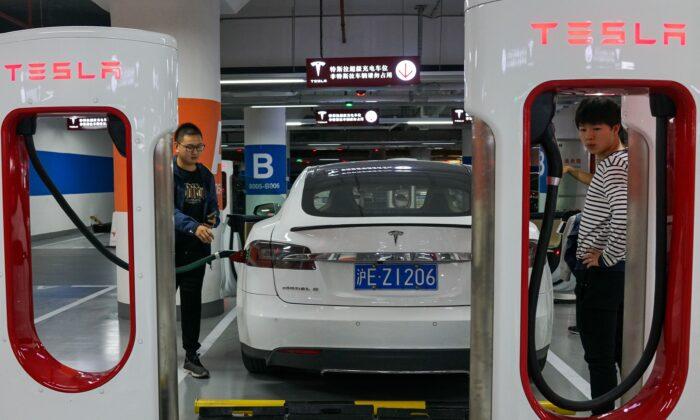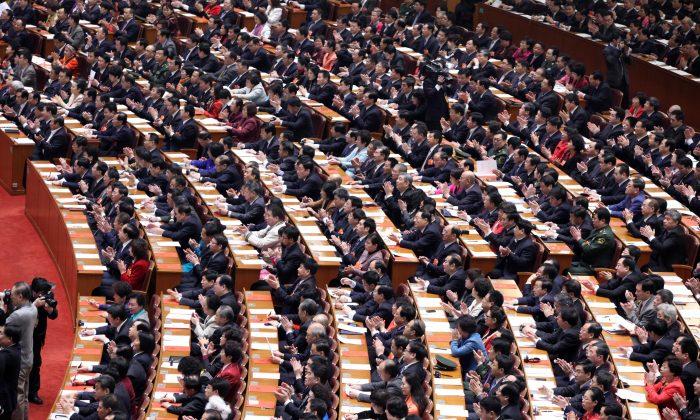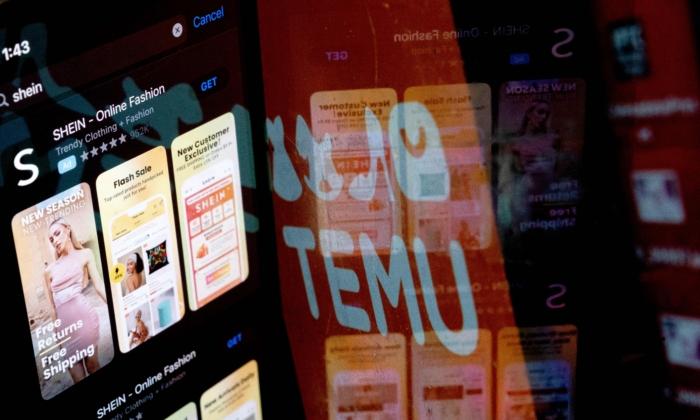Tesla owners saw insurance premiums soar in China after the authorities implemented commercial insurance rules for new energy vehicles at the end of last year.
The exclusive insurance terms took effect on Dec. 27, 2021.
Tesla told Jwview, a state-run financial media on Dec. 30, 2021, that Tesla vehicle’s insurance premiums increased by about 10 percent on average and that for high-performance models they rose about 20 percent based on the statistics of the day.
However, according to a comparison made by a netizen on Weibo, China’s Twitter, the cost of insurance for the Tesla Model Y rose to 14,900 Yuan (about $2,340) per year after the new insurance regulations were applied, up 80 percent from 8,278 Yuan ($1,300) per year on Dec. 23 (before the effective date.)
As a response, Tesla said the specific amount would be different subject to the local insurance quotations.
China’s new energy vehicles were using the same car insurance rates as traditional fuel vehicles before the new insurance terms began.
Yu Ze, president of People’s Insurance Company of China, admitted that new energy vehicles have higher payout rates than conventionally fueled vehicles mainly because of the higher accident risk, Caijing, a Chinese financial media, reported on August 23, 2021.
New energy vehicles include pure electric vehicles (EVs), plug-in hybrid vehicles (PHEVs), and fuel cell vehicles (FCEVs). Hybrid electric vehicles (HEVs) are not included as they need no charging.
Compared with traditional auto insurance, the exclusive clause has three add-ons: external grid failure loss; self-charging station loss; and self-charging station liability.
Although the new insurance terms will allow auto owners to be compensated for their losses, they will have to face an increase in premiums, which likely means new energy vehicles are losing some of their advantages.






Friends Read Free